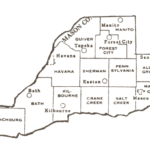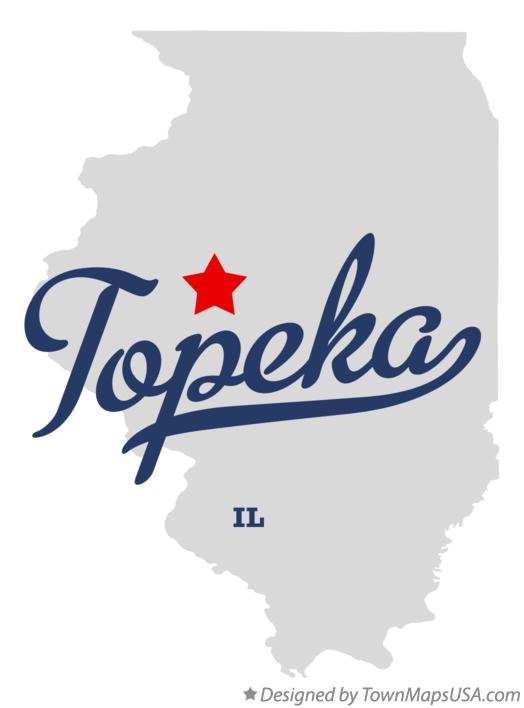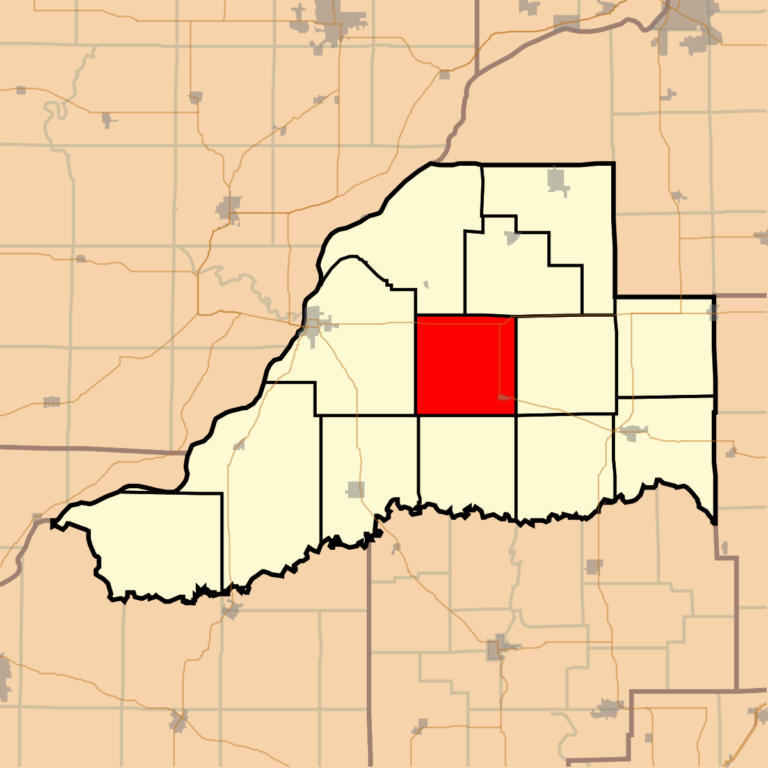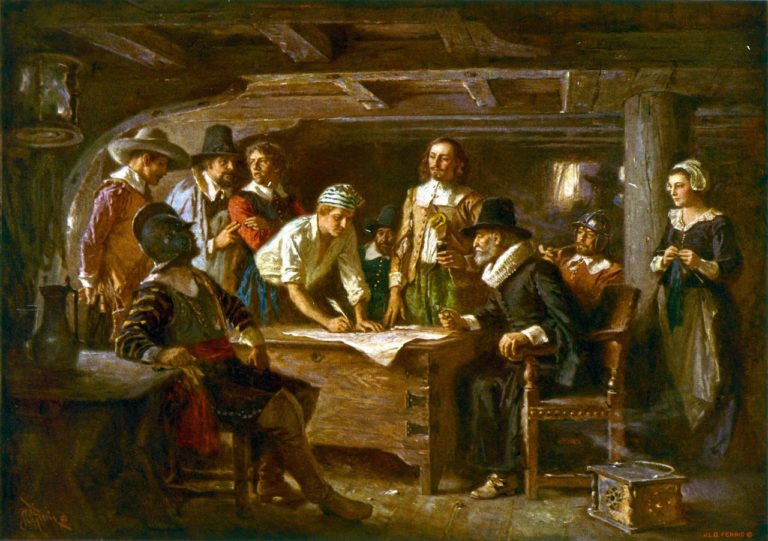Salt Creek History part 1
This information comes from a book about the History of Menard and Mason County. The author is listed unknown and is about the time period from about 1834-1880.
Upcoming Schedule
March 2-6- Salt Creek Township
March 9-13- Forest City Township
March 16- 20- Quiver Township
March 23-27- Manito Township
March 30-April 3- Lynchburg Township
April 6-10- Bath Township
April 13-17- Kilbourne Township
April 20-30 Mason City Township
May 4-8- Allen’s Grove
May 11-22- Havana Township
The original survey of this township was made in the fall of 1823, and was designated Township 20 north, Range 6 west of the Third Principal
Meridian. It contains thirty-six sections, each a mile square, except the tier of six on the north side, which are fractional, as is usually the case. Section
No. 36, in the southeast corner of the township, is divided by Salt Creek,which meanders through the southeast part, cutting off about one-third of the section.
The northern part of the township is a high rolling prairie, once marred by numerous basins or ponds, but now almost wholly drained, and in a good state of cultivation. The south and west parts of the township are more broken,and the south part, which includes Salt Creek Bluffs, very much so. Big Grove extends along these bluffs, at an irregular width of from one-fourth of a mile to a mile and a half, at the south side of which the pioneer settlers made their primitive and crude homes. Lease’s Grove, in the northwest part of the township, was originally small, containing an area of about 200 acres, which area is now materially contracted by clearing off the timber for cultivation of the land ; and the same means have very materially contracted the area of Big Grove.
The soil of the township is productive of all cereals and fruits indigenous to the climate, but the principal crop is corn, as in all the eastern part of the
county. In the earlier days, winter wheat yielded a sure and abundant harvest, as it was usually the first crop after the sod was broken. Corn, in those days, required but little cultivation, and, after planting the corn, the pioneer usually occupied most of the time thereafter until harvest, breaking prairie, scattering corn along every third furrow. Corn planted in this way produced a large amount of fodder, and the earlier planting a good yield of corn, but the later planting was generally caught by the autumn frosts, and was not good feed. This was marketed for distilling purposes, and from this fact originated the term, “sod-corn whisky,” which used to be applied to the bad and chemically adulterated grades, as an expression of contempt.
The first entry of land in this township was made August 12, 1829, by Leonard Alkire, of Sugar Grove, and was a tract of 120 acres in the southwest quarter of Section 34, contained in what is now known as the Knox farm, but was not improved by the first purchaser, nor until more than twenty years later- August 17, 1829, William Hagans entered 120 acres, west half of the southwest quarter, Section 33, and southeast quarter of the southeast quarter, Section 32, now known as the Charles L. Montgomery place. Here, near the site of the present brick residence, Hagans built a rude log hut, and, with his family, became the pioneer settler of this township, and of what is now eastern Mason County. June 12, 1834, James C. Hagans entered the forty-acre tract of land now owned in part each, by James P. Montgomery and George H. Short, and built a hut where the latter’s house now stands. June 15, 1837, John Hagans entered the forty-acre tract where J. P. Montgomery now lives, and built a hut near the site of the present residence. A few years later, however, they all sold out to Ephraim Wilcox, and moved away to further Western wilds, and were lost to the knowledge of those who lived after them here.
As early as 1830, a family named Slinker, ” squatted ” on a piece of land up in the grove northwest of the places just referred to, but tradition has but few words of remembrance of them or their habitation, and nothing of their place of migration. In 1830, Leonard Alkire bought a large lot of land in Sections 33 and 34, and held it, as was termed by the settlers, as “speculator’s land,” without making any improvements upon it. In 1830, Robert and William Hughes entered the land now the farm of M.
Vanlanningham, which Daniel Clark, Sr., purchased and settled upon in 1835, and where the old gentleman died in 1853, and was buried near the house in which he lived, and which is still there, though the first house he lived in there was a log hut. His three sons are still living ; Alfred, in ‘Crane Creek Township ; Daniel, in Mason City, and William, in Dubuque, Iowa. In 1833, a man named Lease settled in the northwest part of the township, at a grove which, from his settlement there, took the name of Lease’s Grove, which name it still bears. Soon after this, Samuel Blunt, George Wilson and the Moslanders settled there, and formed a little isolated band or neighborhood
in and around the beautiful grove, from which improvement, farther and farther out into the prairie on all sides the Third School District in the township was gradually formed and extended. In connection with the Wilson family, referred to above, it is proper here to state that his son, Orey, committed suicide by hanging himself to the limb of a tree, in 1852, which was the first case of deliberate self-destruction in the township, and the last. The news of the rash act was
received by the sparsely settled county with horror, and, for years after, the scene of the tragedy was a place of dreadful interest, and the helated and soli- tary citizen who passed along the road by it after night did so with light and elastic step, and numerous “hair-raising” stories of suspended ghosts became current in the course of time.
In 1835, Isaac Engle entered the forty-acre tract which is now owned and occupied by W. F. Auxier, and built a log hut on an elevation about forty rods southwest of where the dwelling now stands, as a monument to the site of which primitive landmark a stately locust-tree stood until a few years ago, when that, too, fell a victim to the rapacious ax of the modern inhabitant. This place was purchased, with other tracts adjoining, in 1837, by Edward Sikes, Sr., who, with several other families, came out from Ohio and settled in the grove. A few years later, Mr. Sikes built the substantial frame house which now is on the place, and planted out an orchard of the first grafted fruit-trees ever planted in that vicinity, and which yields its delicious fruit now every year, although the hands that planted them have been in the grave nearly a quarter of a century. In the old log house on this place, the first school in the township was taught, in 1838, by one of the daughters of Mr. Sikes, now Mrs. S. D. Swing, of Mason City, who, soon after, settled with her husband as pioneers at Swing’s Grove, in Mason City Township.
In 1835, Michael Engle entered an eighty-acre tract, now known as the Hume place, and built a log hut about fifty yards west of K. M. Auxier’s house, nothing of which now remains, but the place where the- well has been filled in can yet be distinguished. In this well a child of John Carter, who later occupied the house, fell and was drowned, the summer of 1849. In 1837, Kinzey Virgin moved out from Ohio, bought this place with other adjoining tracts, built a hewed-log house where the barn now stands, and set- tled down in his new and rather wild and romantic home. He was a man of considerable enterprise as a stock-raiser and accumulated this world’s goods
quite rapidly, but was peculiarly unfortunate with his family of children, but one of whom ever lived to reach the years of majority, and that the youngest,
and but a babe when he himself died in 1852, six children, and all but the one, having preceded him to the grave, and the wife following two years later. Though a man somewhat reckless in his habits and profane in conversation, he held it a sacred duty to have a funeral sermon preached for every one of his children that died, and what was something remarkable, John L. Turner, the “little Baptist preacher,” of Crane Creek, officiated at every one of these occasions, and also at that of the father and mother. .The latter, “Aunt Eliza,” was one of Nature’s noblewomen. The silent grief and heartpangs which many circumstances pierced like a dagger her very soul, were buried there and without a word of reproach o’r complaint, forever. She was universally beloved and honored for her inherent goodness and nobility of Nature.




